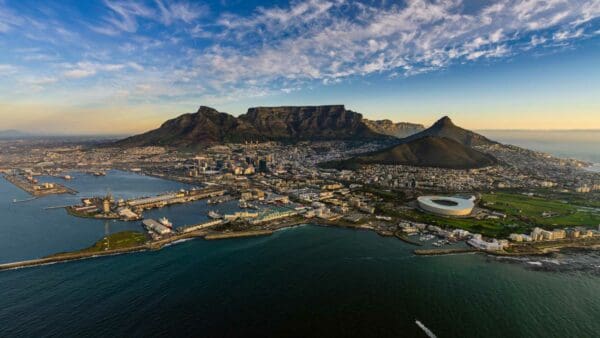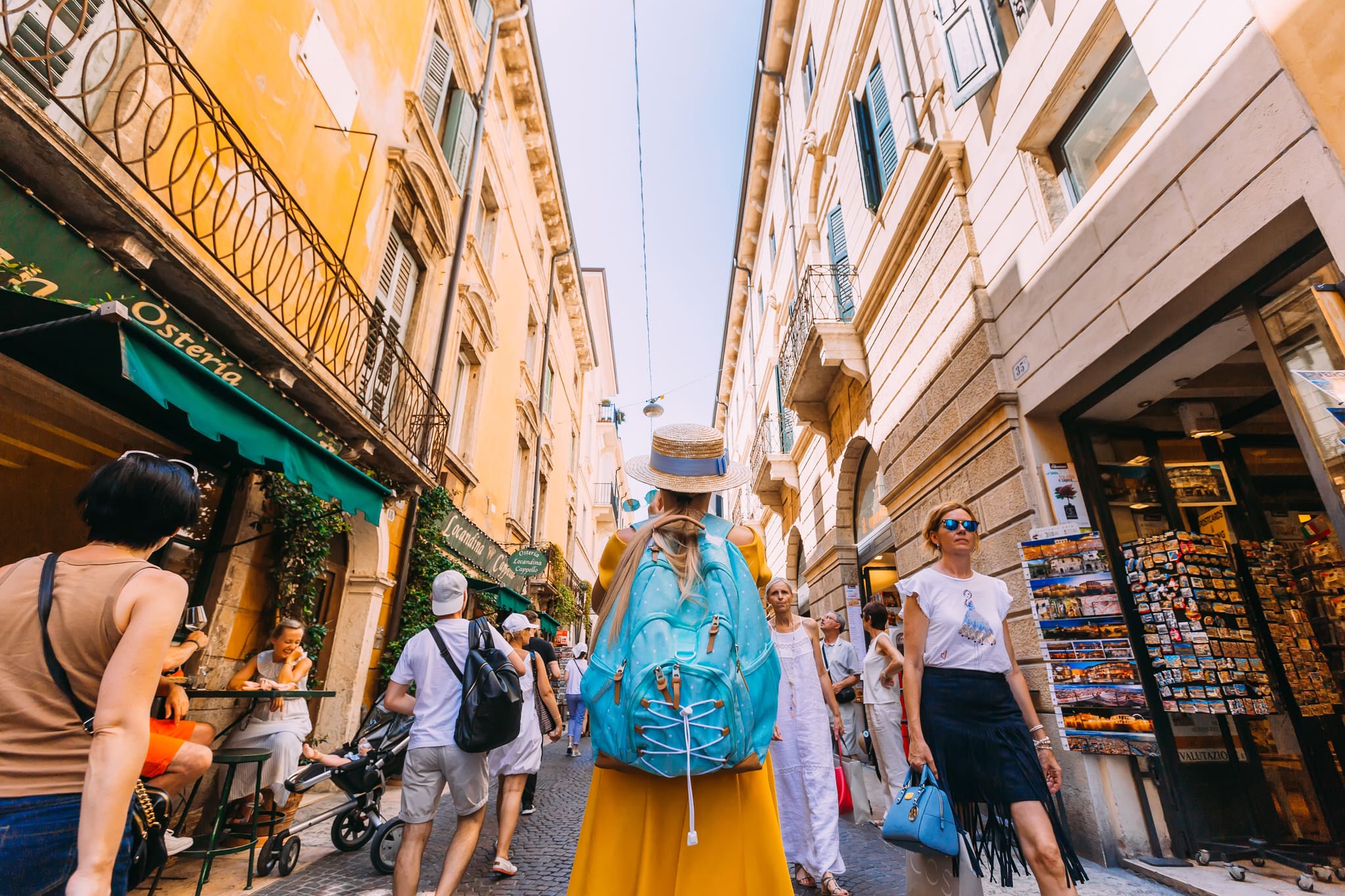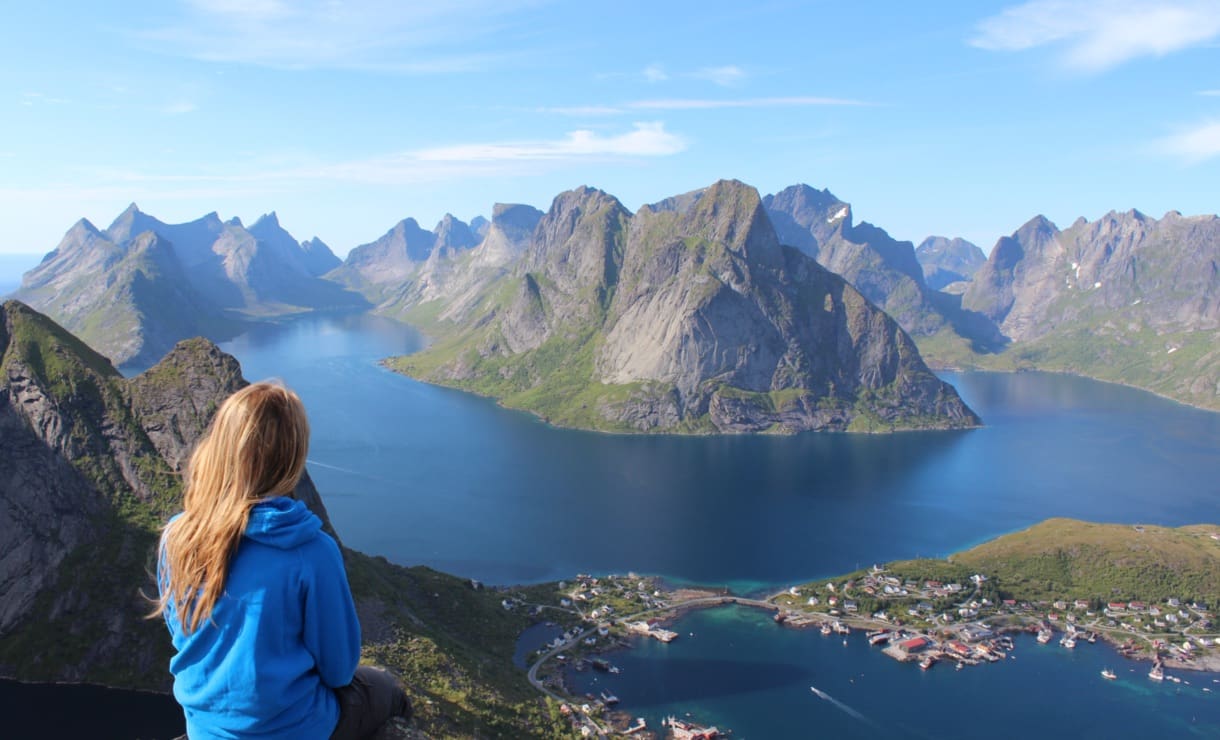Les•vos or Les•bos (n): a Greek island of 630 square miles located in the northeastern Aegean Sea and separated from Turkey by the Mytilini Strait.
When I stepped onto a plane bound for Europe two weeks ago, I knew a decent amount about the refugee crisis. I had heard the news and seen the pictures; I’d sought out blogs by other Racers who served at the refugee transit points and camps in the past few months.
I knew nothing at all about Lesvos, the Greek island that is the backdrop for this flood of refugees into Europe.
In my mind, Lesvos was a cloud of gray. Every article I read spoke of tragedy. Every video I watched showed the suffering of innocent victims. Every picture I saw captured the trauma of the crisis, of the treacherous crossing through turbulent waters. All I imagined of Lesvos was a haze of sadness, mourning, depression, brokenness, loss. In my mind, the island was the geographic expression of that pain: a desolate spit of land, a foggy, chilly rock isolated in an unforgiving sea.
How very wrong I was.
From afar, the only image we see is crisis. It’s understandable: the media report the breaking news of the refugees, not the island. Volunteers don’t want their followers and especially their financial supporters to think they’re on vacation. Lesvos itself naturally falls by the wayside as stories travel around the world.
This neglect is understandable, but it’s also hurtful. During our orientation, we learned that the locals here are not jumping for joy at the presence of hundreds of volunteers. They watch people, funds, and resources pouring in to help the refugees, but little of it trickles back into the local towns. While the refugees receive assistance, the island is drained.
Currently, Lesvos is in the world’s eye because of the refugee crisis. But refugees or no refugees, this island is worthy of recognition and celebration.
So to celebrate it, here are seven things I never knew about Lesvos.
-
Lesvos is GORGEOUS. I have been constantly blown away by the beauty of this island. It’s a land of rolling green mountains surrounding a handful of snow-capped peaks. Around every switchback is a fresh, stunning vista of valleys, farms, olive groves, and coastlines.
-
The Apostle Paul landed on Lesvos’s shores after completing the very same voyage the refugees are now taking. In Acts 20:13-14, Paul sails from Assos, a town in Turkey, to Mitylene, the capital city of Lesvos. When I look across the Aegean Sea to Turkey, I’m looking over waters Paul sailed through.
-
Lesvos is the third largest Greek island. This is no forgotten spit of land isolated in the distant ocean; it’s a large island with a population of 80,000.
-
Eleven million olive trees grow on Lesvos. Olive oil is one of the island’s primary industries.
-
Lesvos has been passed back and forth between Greece and Turkey for millennia. Whenever conflict arises between the two nations, Lesvos is caught in the crossfire.
-
Lesvos is an excellent vacation spot. With its forts and castles, hiking trails, hot springs, petrified forest, donkey rides, and €2.50 gyros, it’s a fantastic tourist destination. English is widely spoken, so it’s easy to get around. Besides olive oil, tourism is the island’s main source of income.
-
Lesvos has been receiving refugees since the 1980s. The locals are used to welcoming refugees traveling by boat from Turkey — they’ve been doing so for decades. Only recently have their numbers swelled so that crisis overwhelms the island.
I learned from a resident of Molyvos, a town on the island’s northeastern shore, how the refugee crisis has affected the island. For decades, Lesvos has received perhaps fifty to a hundred refugees each month. But this summer, in the center of town, by the elementary school, a few came in, and then a few more, and then suddenly they weren’t coming in by hundreds, but by thousands.
The locals did their best to care for them, giving them food, milk, blankets, and clothes from the stock they had built up for refugees. A few volunteers helped, and even some tourists gave them money and food. But the sheer numbers were overwhelming. Since then, organizations have arrived to bring order to the chaos, offering medical attention to the refugees, bussing them south to the ferry that will take them to Athens, and taking much of the weight of the crisis off of the local towns.
The locals are happy to welcome the refugees, but the crisis is costly for everyone. “Our main industry is tourism, but this situation is destroying our tourism,” the man told me. “All we are known for is the refugees; we are falling off the tourism map.” He worries about jobs — both the jobs people hold now, many of which are dependent on the tourism industry, and the jobs that may or may not be available for his children in a few years.
The effects of the refugee crisis around the world are so massive and diverse as to be overwhelming. Europe struggles to bear the impact of hundreds of thousands of migrants flooding into countries unable to manage the onslaught. From start to finish, refugees face a perilous journey to an uncertain destination. The heartbreaking causes of the crisis seem impossible to solve.
Yet we are not impotent to address the great needs that have developed. I honestly believe that one tangential way to bring healing to the world in the wake of the refugee crisis is to increase tourism to Lesvos. Tourism is a vital industry of this island, a land full of people doing their best to welcome, love, and care for refugees in their moments of deepest need.
So the next time you have a week or two to travel, consider visiting Lesvos. Yes, volunteers are needed, but strange as it may seem, tourists are needed, too. Come, enjoy the beautiful vistas of peaceful, sheep- and olive grove-covered slopes, and know that as you buy a gyro in town, you, too, are investing in the restoration of hope in a broken world.








